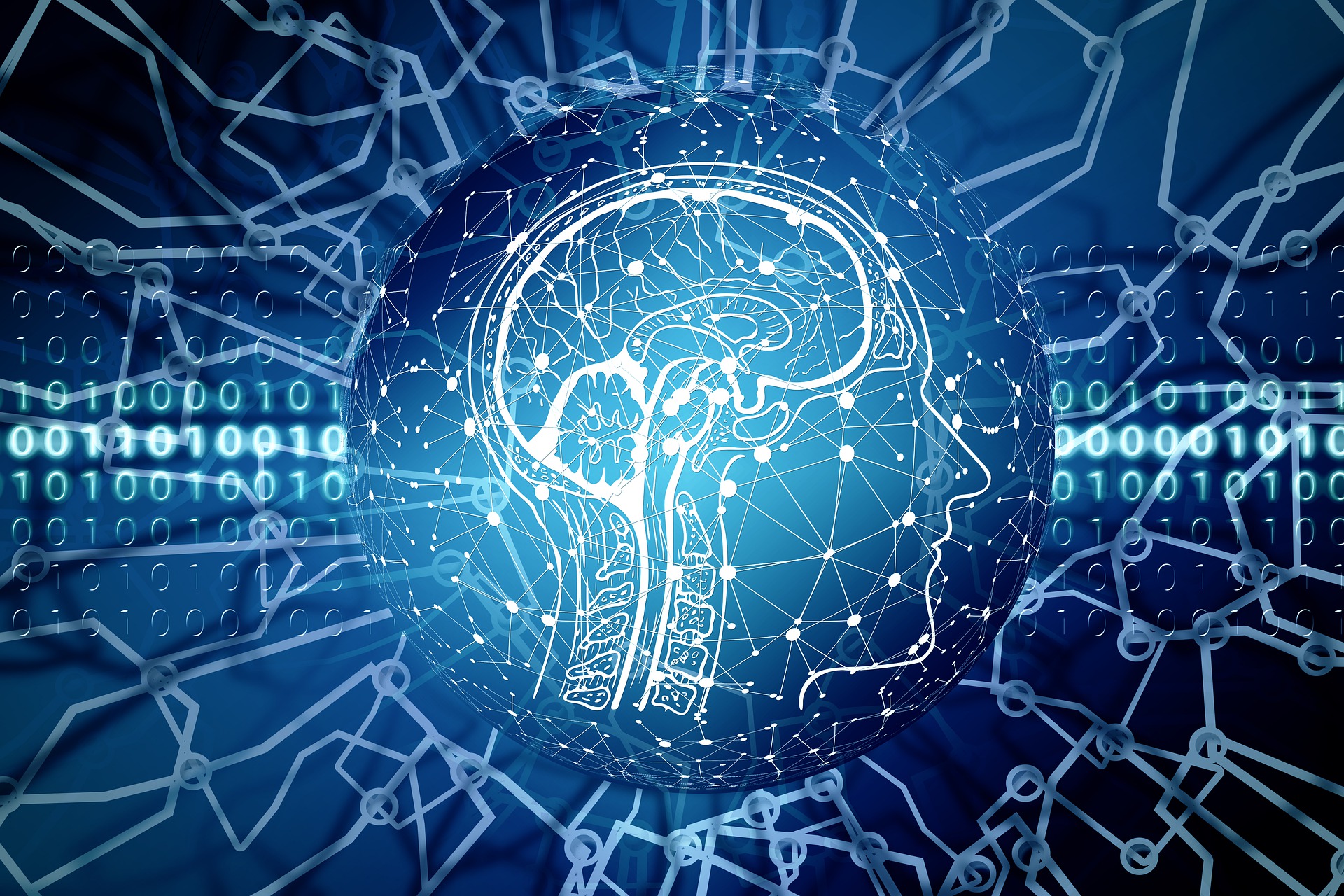The Group focuses on research at the intersection between Computer Science, Biology, Psychology and Physics. We are interested in how biological and psychological systems can be modelled using computation, and how computational methods for learning and optimisation can be used to solve complex problems. We develop new methods for machine learning, data mining and visualisation, and often apply machine learning methods to biomedical problems. We also study computational creativity and fundamental physical limits to computation (e.g. thermodynamical limits of computation).
Cognitive Systems
Our research explores how the mind emerges from the brain to generate a spectrum of cognitive capacities. This involves studying perception, consciousness, attention, language, emotions and episodic memory using a mixture of methods, including behavioural and electrophysiological (EEG) experimentation, neural networks and Bayesian modelling. We also undertake applied neuroscience research focussed on brain-computer interfaces and forensic applications of EEG, as well as on neurological conditions such as stroke and dementia.
Contact: Howard Bowman
Machine Learning, Data Mining and Bioinformatics
We have explored a number of novel approaches to machine learning and data mining, including evolutionary algorithms, swarm intelligence (mainly ant colony optimisation), fuzzy systems as well as new classification methods, such as hierarchical, multi-label, prototype-based, semi-supervised, etc. Our works have been applied to knowledge discovery in a number of application areas, particularly protein function prediction and remote sensing, as well as in the increasingly important area of studying ageing in humans.
Contact: Alex Freitas, Xiaowei Gu
Information Visualisation
Our focus is on ways to make complex information understandable by visual means. The kinds of data we visualise includes networks and Euler diagrams. Current research includes examining the metro map metaphor for visualising interlinking network diagrams. Allowing access to metro maps on mobile devices, such as smartphones, could improve navigation on public transport networks. Smartphones also have convenient interfaces for uses to create their own diagrams, and we are looking at sketch and gesture input for user input to both schematic maps and Euler diagrams.
Euler diagrams are unique in being able to intuitively represent intersections and containment of sets. They are in common use where visual representations of logic are required, but are also used visualise the outcome of experiments in medicine and biosciences. We have developed novel methods to automatically visualise area proportional Euler diagrams, and have developed the first technology that allows any abstract description to be visualised as an Euler diagram.

A visualisation of medical data with the software eulerAPE. eulerAPE is the first automatic area-proportional Venn-3 diagram drawing tool that uses ellipses. It draws accurate, readable diagrams for most random data.
Contact: Peter Rodgers
Computational Creativity
We work with computational creativity, that is: the use of computational intelligence techniques to model creativity and produce results which an outside observer would deem to be creative. This work has involved both the development of creative systems in the area of music, the development of means to evaluate creativity, and the development of theories to understand creativity in complex human-machine systems. In particular, natural language processing and statistical modelling have been used to construct a 14-factor model of creativity which has had broad popular impact.
Hybrid neural-symbolic architectures for AI applications
We are interested in hybrid neural-symbolic architectures for AI applications. Namely, we investigate how neural networks can be used for enriching and/or optimising traditionally symbolically implemented systems. We look into solving combinatorial optimisation problems with
neural networks, such as query optimisation for query answering over Knowledge Graph. Also, we work on formalisation and practical verification of autonomous systems with neural network components.
Contact: Elena Botoeva
